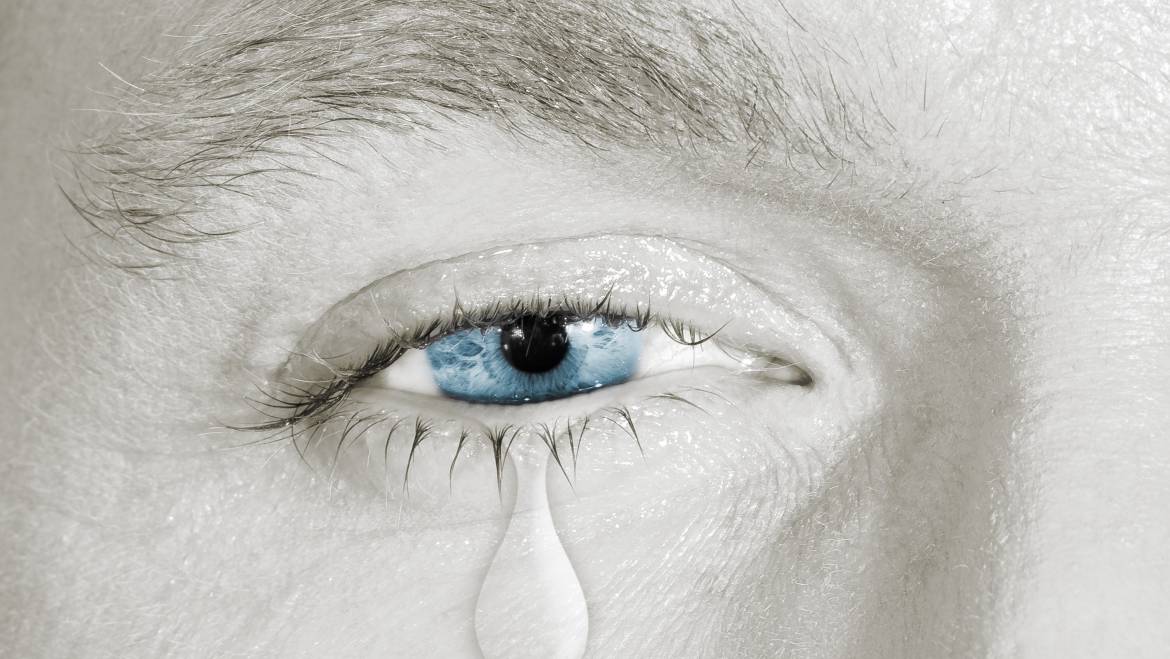Watery eyes help you wash away foreign objects and other particles, but this condition is not very good for the health of the eyes. You have to understand the common teary eyes causes and treatment in order to deal with the condition in a better way.
Understand the condition of watery eyes:
In medical terms, watery eyes are known as Epiphora. Teary eyes occur due to the production of excessive tears but it does not drain away properly. This problem is common in young babies and people more than 60 years of ages.
Causes of watery eyes:
Glands under the skin of eyelids produce a liquid which keeps the eyes moist. Water comes out of the eyes through tear ducts and evaporation. But, when eyes become too dry, it results in the excess of tears. Infection, allergy, dust, wind, ducts and injuries are some common causes of watery eyes.
Tear also comes out when we laugh and yawn. Some other causes of teary eyes are –
• Allergic conjunctivitis – It happens when eyes are exposed to mold spores, dust, chemical scents and pollen; it leaves eyes red, itchy and watery.
• Conjunctivitis – It is a swelling or infection of the outer membrane of eyeball – commonly known as pink eye. It’s probably caused when eyes come in contact with virus or bacteria, allergic elements and chemicals.
• Common cold – It often happens due to influenza or flu that affects the respiratory system and lungs. Eye vision is also affected by this condition.
• Corneal abrasion – It is a thin and transparent dome which covers the pupil and eye iris. It’s caused when foreign object enters into the eye, dry eyes and chemical burns.
• Allergies – It happens when our immune system responses to foreign objects and when the immune system attacks these allergies and infections. It results in eye inflammation, sneezing and a host of other symptoms.
• Corneal ulcer – It forms on the cornea. Generally, it occurs due to infection.
• Scleritis – It is a disorder which affects Sclera, causing inflammation and redness in the eyes.
• Eyelid turned inside – In this situation eyelid rotates inward, eyelashes rub against your eye and cause redness, irritation, and abrasions on the cornea of your eye.
• Hordeolum Externum – It is an inflammation or bump which is developed around eyelid which causes teary eyes.
• Allergic rhinitis – It causes sneezing and itchy eyes, which results in more irritation to the eye and thereby affects eye vision too.
• Chalazion – It is a small bump on eyelids, which makes your eyes teary. This condition disappears on its own within a month.
• Eyelid inflammation – It causes due to medication side effects, dandruff on your scalp or eyebrows, cosmetic products, etc.
• Cluster headaches – They are painful and occur in cycles, which may also become a reason for teary eyes.
• Reactive arthritis – It is a type of arthritis caused by an infection in the body. Our eyes are also affected by this problem.
Treatment of Watery eyes:
• Eye drops – Doctors prescribe eye drops for producing artificial tears. It can help to rinse out irritating elements like dust that may be causing over production of water in your eyes.
• Treatment for irritation – Sometimes eye irritation is treated without any medicine. But if this problem lingers long and is not resolved on its own, then a doctor may prescribe you some antibiotics. When an allergic conjunctivitis is the cause, an antihistamine is usually prescribed to reduce inflammation.
• Treatment for Trichiasis – An inward-growing eyelash or any foreign objects that are lodged in the eye is essential to treat as early as possible.
• Treatment for ectropion – The eyelid turns outwards – a surgery may be necessary to tighten the tendon that holds the outer eyelid in place.
• Treatment for blocked tear ducts – Surgery may be necessary to create a new channel from the tear sac to the inside of the nose in order for the tears to bypass the blocked part of the tear duct. This surgical procedure is called DCR (dacryocystorhinostomy). If the drainage channels inside of the eye (Canaliculi) are narrowed, but not entirely blocked, the doctor may use a probe to make them wider. When the Canaliculi are completely blocked, a surgery is required to treat it.
• Treatment for watery eyes in babies – Generally this condition resolves itself within a few weeks. Sometimes a sticky liquid may form around the baby’s eye(s). In such cases, using a Q-tip that has been soaked in sterile water can be used to clean the eye(s). Sterile water needs to be boiled – make sure it is cooled before dipping the Q-Tip into it.
Home remedies for watery eye relief:
Some steps that you can take to prevent dry, itchy and eye irritations include:
• Blink regularly when using computers or watching TV, reading. Taking periodic breaks to rest your eyes and prevent eye strain.
• Use a humidifier in your home or workplace.
• Wear wraparound sunglasses to reduce exposure to the sun and wind.
• Drink lots of water to keep your eyes moist. Some 6-8 glasses of water per day are recommended for an adult.



